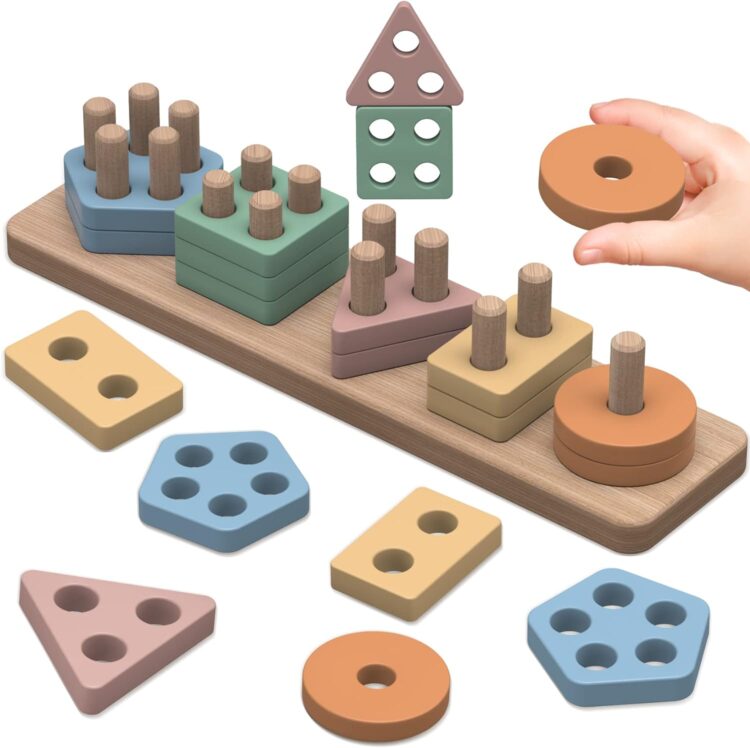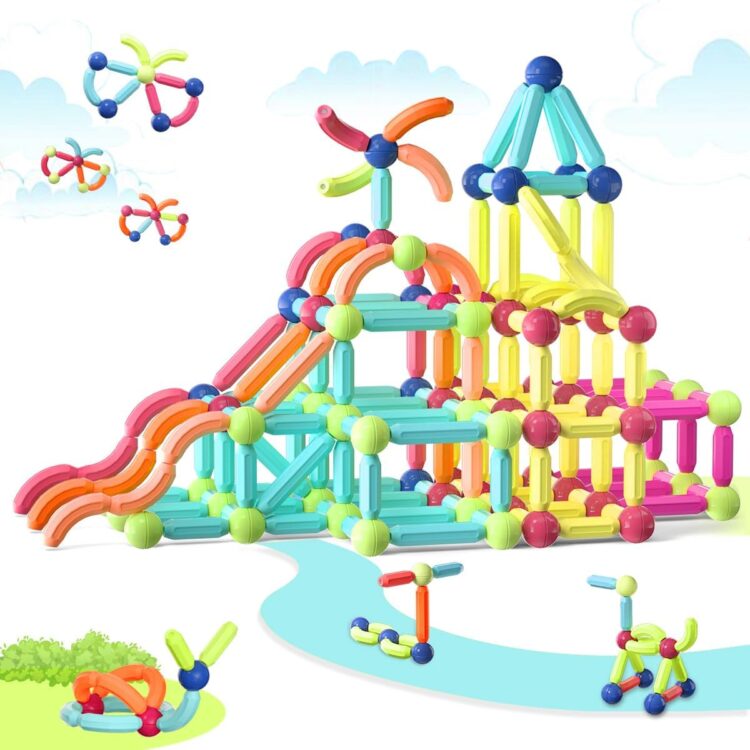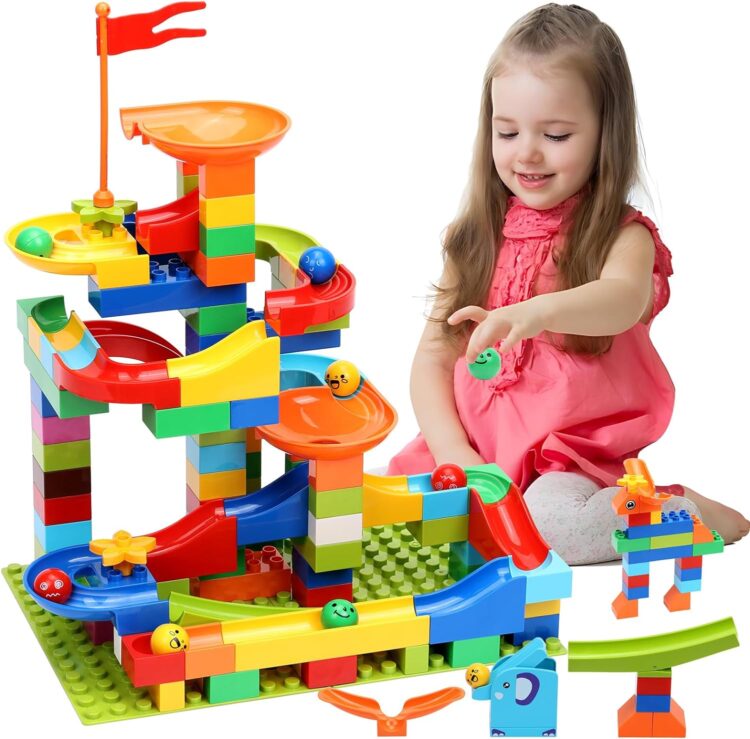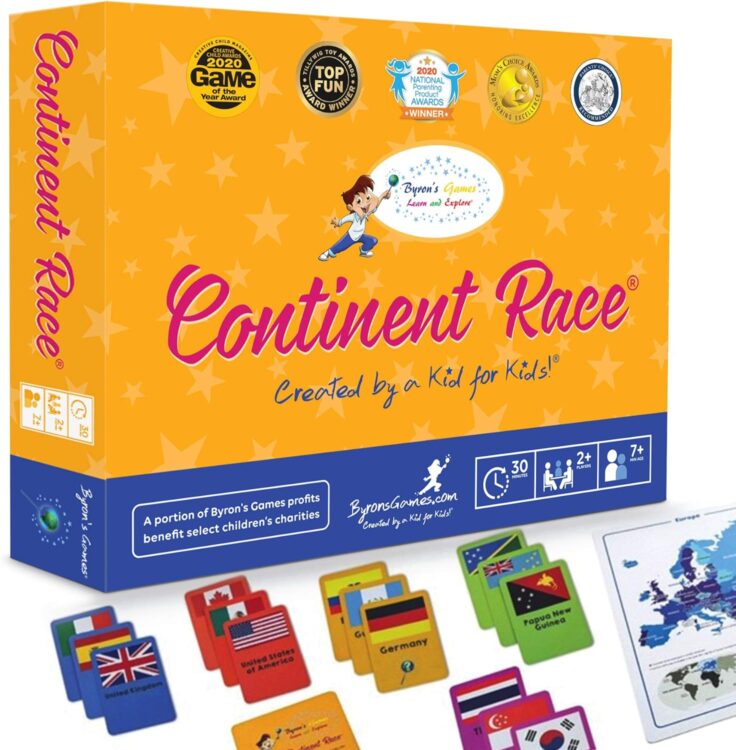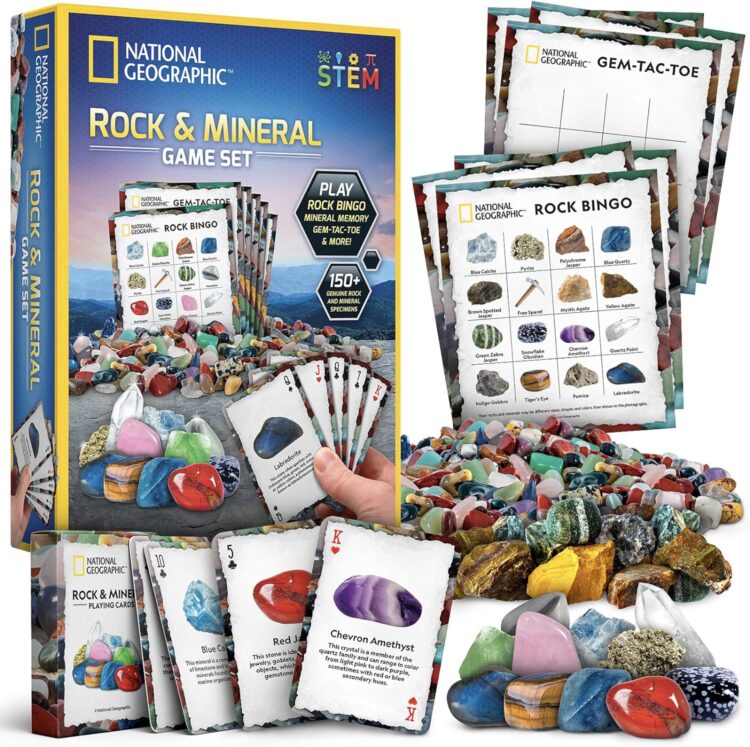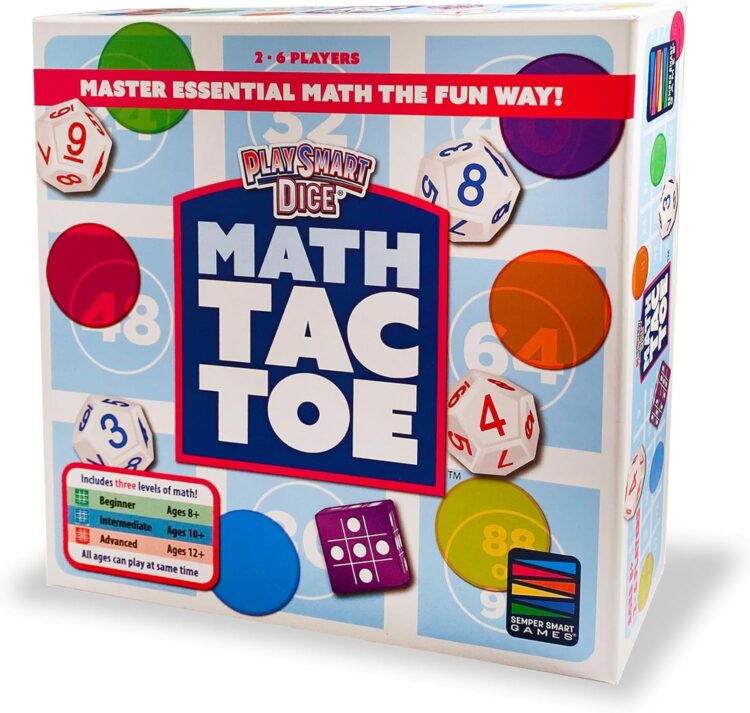As an Affiliate I may earn compensation from purchases made using links in this blog.
Before I decided to homeschool, I was unfamiliar with educational philosophies or teaching methods. I had heard the terms Montessori and Classical but hadn’t given them much thought. I soon realized that I had a lot to learn before I could begin shopping for curriculum. Thankfully I had a mentor who connected me with excellent resources where I learned the basics, allowing me to make informed decisions on our homeschool journey.
My intention with this series is to assist parents who are new to homeschooling gain a foundational understanding of the various approaches, philosophies, and methods available to home educators. Armed with this information you will be better prepared to find curriculum which is best suited to your families needs and goals.
The main homeschool teaching methods include:
1. The TRADITIONAL METHOD
Also called school-at-home this method can be very time-consuming and is less flexible than other methods. Many parents new to homeschool choose the traditional homeschooling method as it is the most familiar, mimicking the public school environment. This is, in fact how we began.
In this method, kids sit and read textbooks, do worksheets, listen to videos or online classes much as in the school setting. Tests and quizzes are given and grades are received. The parent’s responsibility and amount of preparation required varies greatly depending on the type media used.
This method can be quite expensive ranging from a couple hundred to thousands of dollars each year. Parents who choose this method are willing to pay this as they feel it is equal to a private in-school education. Curriculum is purchased for the entire year’s curriculum, sometimes as a ‘boxed set’. This set includes everything you need to begin- textbooks, schedule, tests, teacher’s guide, and record-keeping templates.
Some families which use this method experience burn out, and I’ve read many report not having time for the fun ‘extras’ they thought home educating would allow. Experienced families make adaptations including less worksheets, creating their own schedule, paring down to just the essentials. This is possible only if you are using the non-accredited courses, as all work must be completed as assigned for accredited courses.
Examples of Traditional Curriculum:
- Abeka
- Accelerated Christian Academy (ACE)
- Alpha Omega LIFEPACs
- Bob Jones University
- Christian Light Education (CLE)
- Rod & Staff
2. The CLASSICAL METHOD
The Classical Method of learning is one of the oldest teaching styles, dating back hundreds of years. It is based on the trivium of grammar, logic, and rhetoric. It emphasizes virtues such as goodness and truth, learning the classical language of Latin (and sometimes Greek), and reading classical works.
This method believes in targeted learning by developmental level and maturity. It progresses from acquiring knowledge, to reasoning and problem-solving skills, and finally demonstrating wisdom and rhetoric using effective, clear communication using both speech and the written word. Students are encouraged to ask questions, debate, and form opinions.
Considered by many the most prestigious form of home education, it can be quite rigorous and time-consuming both in preparation for the parent and instructional time for the child. Like the traditional method boxed curriculum is available and can be quite costly. Proponents strongly believe the results are worth the extra effort and expense.
Classical educators traditionally used the written word to teach but today video and interactive online methods are accepted gaining popularity with all but the purists.
Examples of Classical Curriculum:
- Classical Conversations
- My Father’s World
- Tapestry of Grace
- Memoria Press
- Veritas Press
3. The CHARLOTTE MASON METHOD
Developed by 19th-century British educator Charlotte Mason, this method is quite popular in the homeschooling community.
According to Ms. Mason’s writings (she authored several books on this topic) education should involve the whole person not just the mind. She recommended an atmosphere of learning which encourages children to develop healthy habits, be disciplined, to spend time in nature and to learn art, music, and handicrafts.
She believed children learn best through play and by observing and exploring nature. She emphasized narration and discussion, reading quality literature, copywork, and notebooking. She avoided worksheets and written tests, preferring instead a verbal recitation or paraphrase of what her students had learned.
She did not use textbooks, rather placed an emphasis on reading quality books. She coined the terms living books and twaddle to categorize books. Living books are those which bring information alive by providing it in an interesting, engaging format. Books she labeled twaddle had no educational or moral value – silly books written just for entertainment. In the CM method, twaddle books are to be avoided.
Some curricula which claim to be Charlotte Mason-inspired have deviated from her principles. An example of this is any curriculum which includes preschool or kindergarten, as she felt formal learning should not begin until age six.
Due to the changes being made, if you are considering this method it might be best to read her books yourself in order to gain a true understanding of her principles. The books For the Children’s Sake by Susan Macaulay and In Vital Harmony by Karen Glass are highly recommended by Charlotte Mason enthusiasts.
Examples of Charlotte Mason-inspired Curriculum:
- Ambleside Online
- Beautiful Feet Books
- Heart of Dakota
- Simply Charlotte Mason
- Sonlight
- The Good and the Beautiful
4. The MONTESSORI METHOD
Founded by Italian Educator Maria Montessori this method is based on the idea that children are naturally curious and should be given the opportunity to learn about their world through hands-on experience.
Parents are coordinators or facilitators in their child’s education. They provide materials (including curriculum) on topics the child has expressed an interest in, field trips, and project opportunities. The child works at his or her own pace, choosing from the provided learning tools and activities they are interested in. These tools develop specific skills such as sorting, counting, and shape recognition.
The Montessori Method stresses independence, responsibility, and freedom within limits. Children are given time each day for uninterrupted work, and when finished are encouraged to clean up after themselves.
Books by Maria Montessori:
- The Discovery of the Child by Maria Montessori
- The Absorbant Mind by Maria Montessori
Montessori-Friendly Learning Resources:
- Shape-sorters
- Wooden Blocks
- Magnetic Letters and Shapes
- Math Manipulatives
5. The WALDORF METHOD
Similar to Charlotte Mason, the Waldorf Method sees the child as a whole person and provides educational opportunities in all areas of life. This philosophy can be summarized as “head, heart, and hands”. The Waldorf method of education seeks to balance academic work with physical activity and spiritual development. Students are taught to think clearly and independently, to feel connected with others and the world around them, and are challenged to make a difference in the world.
Like Charlotte Mason, the Waldorf method frowns upon formal education for the very young and teaching factual information without context or meaning. It limits technology but encourages kids to get outside and play, help with cooking and chores, participate in art, experiment with musical instruments, and learn handicrafts. Unlike Charlotte Mason which is more free flowing, an emphasis is placed on structure with a set, daily schedule and routine.
With a goal to create an enthusiasm for learning, the Waldorf method encourages hands-on learning, lengthy studies on a single topic, and sees education as an ongoing part of daily life. A typical daily routine includes ‘morning circle’ activities followed by lessons, free time, help with meal preparation and clean up, and a bedtime routine which includes a family member reading or telling a story.
Examples of Waldorf-inspired curriculum:
- Oak Meadow
- Seasons of Seven
- Waldorfish
6. UNIT STUDIES
These are my favorite!
A unit study is a deep dive into a topic of interest, such as whales or the weather. They are fun and can be an efficient and thrifty way to homeschool. Unit studies can be adapted by skill level, allowing parents to teach multiple ages and stages at the same time. In addition, each unit’s theme may be incorporated into several subjects such as reading, writing, science, art, geography, and history.
As an added benefit, it is believed that information taught using this method tends to be better retained as the information is reinforced in many ways.
Unit Studies are often utilized in combination with other homeschool methods. They are a popular homeschool technique and are available from many sources, including the following:
- Five in a Row
- Gather ‘Round Homeschool
- Guest Hollow, LLC (they have a no-math physics class and a fun chemistry in the kitchen unit)
- My Father’s World
- Not Consumed Ministries (Biblically sound, she offers units on conflict resolution and contentment)
7. GAMESCHOOLING
If you can have fun, build relationships, and learn- why not?
With this method, games are used intentionally to teach and practice educational concepts. Traditionally board games and card games are used, but since many educational video games are available, online gaming has become increasingly popular.
Students learn many necessary life skills such as taking turns, winning or losing gracefully, discussing ideas, strategize, group work, cleaning up after themselves, fine motor skills, counting, reading, comprehension and so much more. In addition, game-play can strengthen family bonds and create memorable moments.
Good games exercise your brain, make you think ‘on the spot’, set and achieve goals, problem solve, and develop logical thinking.
Games can provide a core curriculum or be incorporated into any homeschool method as a fun supplement.
Game ideas with the skills they reinforce:
- Scrabble – spelling, vocabulary
- Yahtzee – math, pattern recognition
- Scattergories – memory recall, writing
- The Game of Life – money, decision making
- Simon (or Concentration) – memory recall, concentration
- Professor Noggin’s card games – fact-building for history, science, nature, geography, art
- Online games – Wordscapes, Jeopardy, Wheel of Fortune, Minecraft
SHOP FUN HOMESCHOOL GAMES ON AMAZON.COM
8. The UNSCHOOLING METHOD
Freedom is the name of the game with this approach! Kids learn naturally, away from strict schedules textbooks, and tests. The classroom is the home and the community at large. As with many home educators, unschoolers do not follow a typical school grade-level.
Sometimes referred to as child-led learning, unschooling places an emphasis on the child’s interests. A subject or topic of the child’s choosing is explored until the child’s curiosity has been satisfied.
This method allows children to pursue their interests and learn from life experiences. It encourages educational play and though it can include pre-packaged material, a curriculum is not required.
If you plan on re-entering the school system this method may not be your best option.
9. The ECLECTIC METHOD
Having a hard time deciding? You are not alone!
Many homeschooling families use an eclectic approach, picking and choosing the best method and curriculum for each subject and/or child. This method allows parents to truly customize their child’s education. Utilize any and all formats to educate including online, DVDs, worksheets, co-ops and classes, games, books, field trips, and hands-on experiences. Offering multiple approaches to home education keeps learning fresh and interesting.
This concludes my summary of the most common homeschooling methods. As discussed in previous posts, the specific curriculum you select will also be influenced by your worldview (religious or secular), budgetary concerns, time and health constraints, and the age and interests of your child.
Something to keep in mind- as your child grows and matures his or her learning styles and preferences may change. It is important to re-evaluate your teaching methods to ensure they continue to be effective. What worked last year or even six months ago may not be successful today. If possible, involve your child in the decision-making process. Ask him or her what they like and what they’d prefer to do differently. A child who once loved to read may decide they now prefer video classes, while others develop a love for literature as they mature. If you can, switch things up and see how it goes.

